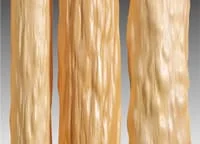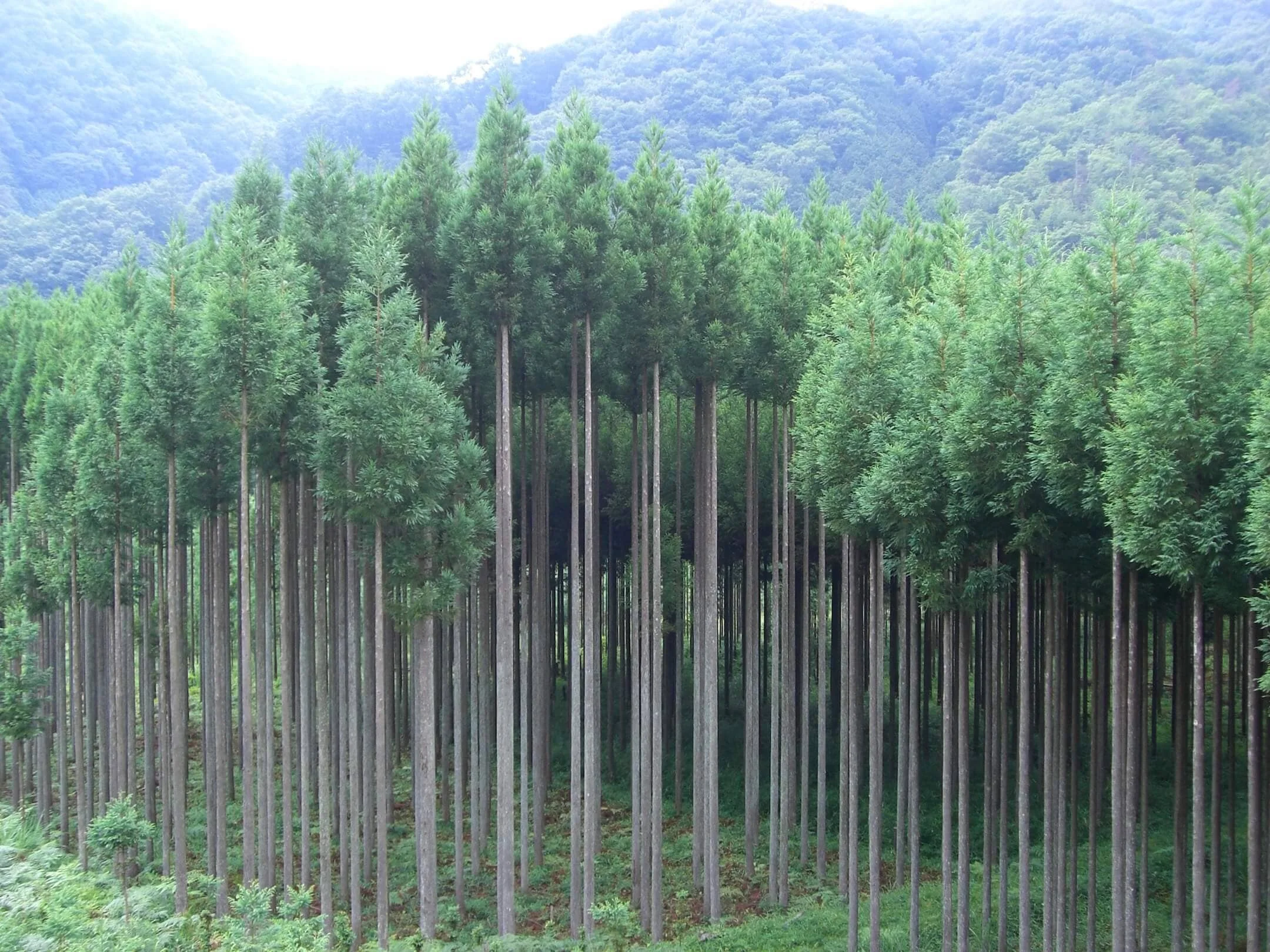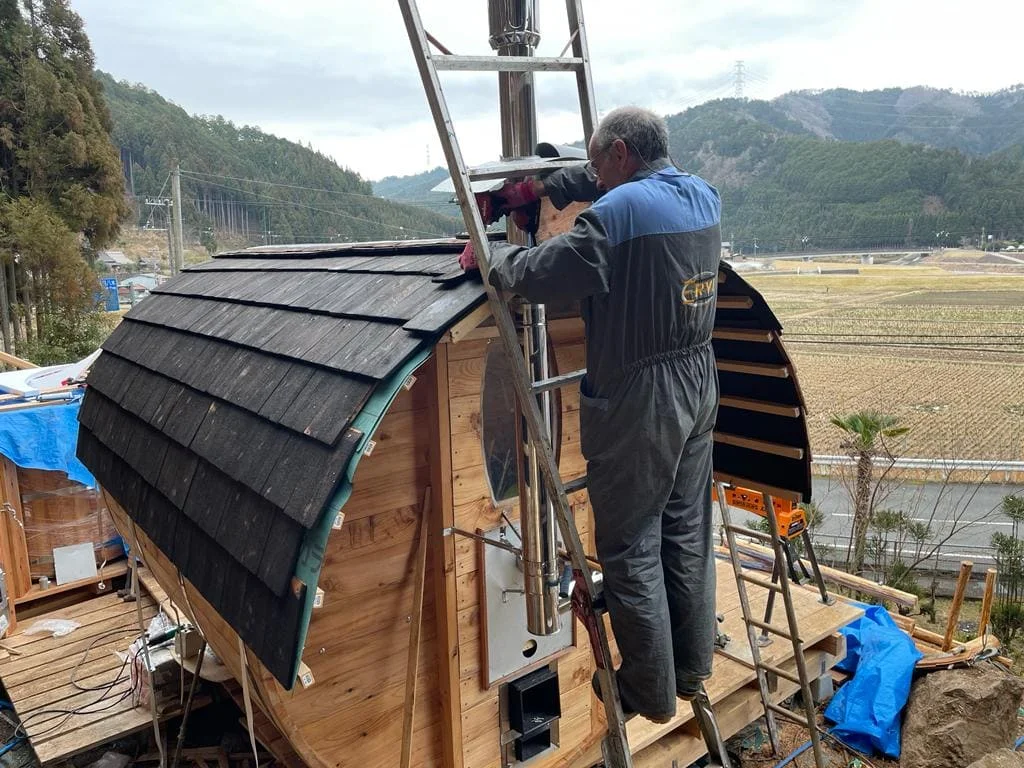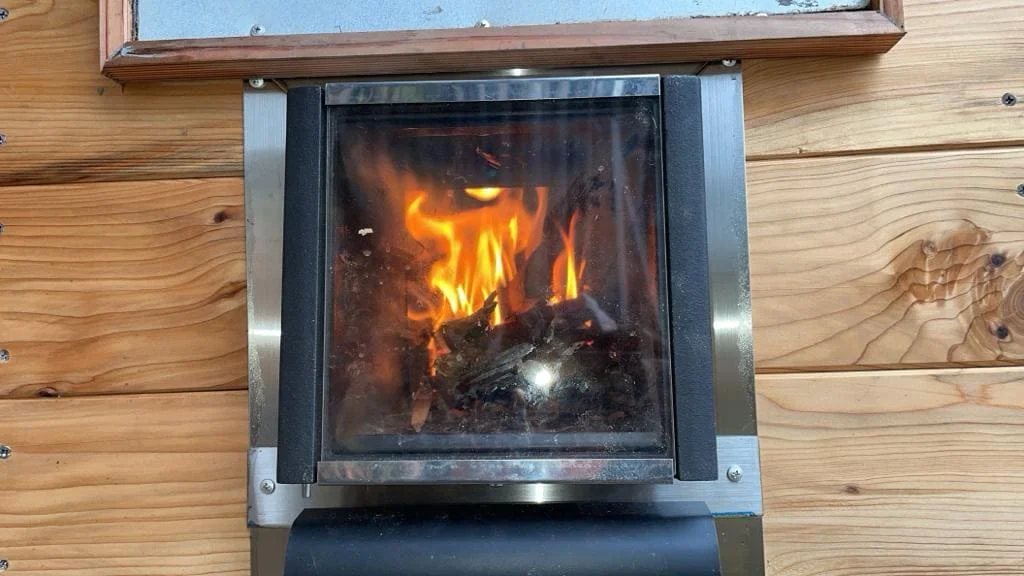Kitayama Wellness Project
- Yu Matsugi
- Jan 25, 2024
- 4 min read

We wish to offer healthy relaxation and enjoyment, as well as a place for people to connect, through saunas and bathtubs made from Kitayama cedar and cypress, a local specialty.
Would you like to join us in experiencing the blessings of nature, surrounded by the scent of cedar and cypress, and spend a truly relaxing time together?
The Beginning of the Story

The northern region of Kyoto City(Kitayama) was flourishing in forestry, known for producing Kitayama cedar and cypress. Kitayama cedar and cypress which creates beautiful landscapes, has been cultivated since the Muromachi period (over 500 years ago from now) as an essential special timber for high-quality Japanese architecture, especially the sukiya-style. In particular, Kitayama cedar and cypress from the Keihoku area was in great demand as a valuable building material in the form of polished logs and twisted logs, especially until the Showa era.
After the war, policies promoting the reforestation of cedar and cypress trees also supported them as part of the land reconstruction efforts.
However, with the westernization of architectural styles and the introduction of inexpensive imported timber, the demand for Kitayama cedar and cypress has decreased, and the once-existing need has diminished.
In addition, overlapping with this trend, the decrease and aging of forestry workers have led to the neglect of mountain forests that were previously carefully maintained. Although the trees planted in large quantities by humans have reached the harvesting age, there is no one to cut them down.

The mountain forests owned by Hiro Nourin also have cedar and cypress trees planted by previous generations, which have already reached the harvesting age. It feels somewhat empty to use these trees, which have been carefully planted and nurtured over many years, as fuelwood or wood chips. I had been thinking every day if there might be a new idea for utilizing these trees in a way that would be appreciated by many people.

Extracting timber from the mountains is not easy. First, we must secure forest roads, cut down trees growing on steep slopes, and bring them down to the village. Then, these trees need to be dried, sawn, and further transported and processed. If we had large machinery, numerous workers, and abundant budget, things might proceed smoothly. However, like many forest managers in Japan, what should small-scale foresters like us do?
One solution we have come up with is the concept of 'self-cutting forestry.' This is a method of forest management where the forest owners themselves continue small-scale, sustainable logging and reforestation, without relying on costly specialized contractors.
Hiro Nourin began self-logging forestry in 2016, starting with the construction of forest roads.

After cutting, transporting, and drying the logs, the next step is sawmilling. Introducing large machinery like that used in large-scale sawmills is financially impractical for us.
Therefore, Hiro Nourin turned our attention to the mechanized forestry of Europe and decided to import portable sawmills from Logosol of Sweden and a small multi-purpose milling machine from SCM of Italy.

By using these machines, we will be able to cut the wood ourselves, dry it, and perform sawmilling and processing. But how can we use this wood to bring joy to many people?
Italy-Kyoto Kitayama Project: Saunas and Bathtubs Scented with Cedar and Cypress

What we felt was a desire to thoroughly relax in wooden saunas and bathtubs made from Kitayama cedar and cypress and cypress, amidst the great nature of Keihoku. We also developed a desire to share this same comfort with people who love nature, adore saunas, and those carrying fatigue and stress.
To master the milling using the Logosol-made milling machine and the SCM-made woodworking machine, we underwent training for a total of 4 to 5 months on-site.
We had the opportunity to learn various things from Mr. Carlo from Switzerland and Mr. Raul from Italy, who are already active in the woodworking world using these machines.
Under the guidance of our mentor, Mr. Raul, we learned about the design, planning, and creation of barrel saunas. We sawed local cedar and cypress in Italy and crafted barrel saunas and bathtubs.
The fuel for these was also locally sourced, using firewood made from local wood, making it a locally produced, renewable sauna and bath experience.

Installation of Saunas and Bathtubs in Keihoku, Kyoto
The saunas and bathtubs we made in Italy were disassembled, shipped, and brought to Keihoku in Kyoto. The first urgent task was to set up and operate these two facilities, originally made in Italy, in Keihoku.
Our mentor, Mr. Raul, who came from Italy to Japan, and we worked tirelessly for 40 days, along with other detailed such as constructing decks and shower corners.

Although there were numerous difficulties in this first attempt, with the help of Mr. Carlo and Mr. Raul, we were able to install the barrel sauna and bathtub in Keihoku. During the test runs, the temperature of the sauna rose satisfactorily, and it became possible to enjoy the sauna and bath under a wonderful view.
The next goal is to create barrel saunas and bathtubs using Kitayama cedar and cypress from Keihoku.
While effectively utilizing the Kitayama cedar and cypress, which has been nurtured over many years in this land that I love, I want to share the enjoyment with people who adore nature and relaxation.
I believe that this land inherently possesses infinite potential. By uncovering new attractions, I sincerely hope that this area of Keihoku, which struggles with depopulation and aging, will see a new flow of people attracted to its charms, leading to new settlements and employment opportunities.
As I continue with this Kitayama Sauna Project, I hope it will become a major catalyst for these changes.










